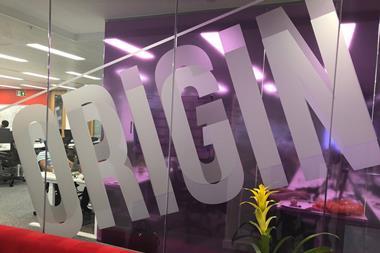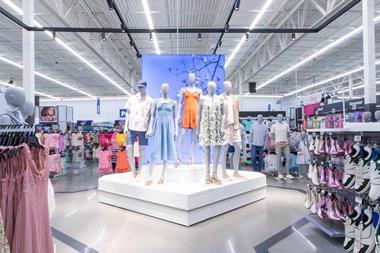This time 10 years ago many retail watchers were ringing the death knell for Argos. How times have changed, writes Gemma Goldfingle.
During the last downturn when retailers such as Woolworths, JJB Sports and Comet bit the dust, many market observers called time on Argos.
Fast-forward a decade and it appears that Argos is a big influencing factor in the £13bn mega-merger between Sainsbury’s and Asda.
“Walmart doesn’t have anything as sophisticated as that operating in the UK”
Brian Kalms, Elixirr
Experts told Retail Week last week that Argos, particularly its fulfilment expertise, would have turned Walmart’s head (the US grocery giant will retain a 42% stake in the combined Sainsbury’s-Asda group).
TCC Global’s global insights director Bryan Roberts says: “One of the reasons Sainsbury’s bought Argos is because of its expertise in ecommerce and fulfilment, so Walmart will certainly be interested in best practice learnings from them.”
Brian Kalms, retail partner at consultancy Elixirr, agrees. “Argos has really made great strides, even before the Sainsbury’s merger, in getting that multi-configured supply chain in place. Walmart doesn’t have anything as sophisticated as that operating in the UK.”
Beating Amazon at its own game
So how exactly has Argos transformed itself from junk to jewel?
The retailer is one of the few on the high street that has decided to take on Amazon, king of fulfilment, at its own game – and has come off unscathed.
And it did so by using what was once considered its greatest weakness – its vast store network.
Back when many thought Argos was doomed, many thought a store cull was in order. Now, thanks to shop-in-shops in Sainsbury’s, it has more than 800 outlets across the UK and Sainsbury’s boss Mike Coupe says there is scope to open another 250 in Asda stores.
“Fast Track home deliveries surged 28% in its last financial year, while Fast Track in-store collections rocketed 45%”
Argos uses its stores to fulfil. It operates a hub-and-spoke structure, whereby larger regional stores act as mini-distribution centres and supply products to smaller stores and fulfil online orders.
This move away from a centralised distribution centre allows product to be moved swiftly and powers its Fast Track same-day home delivery and store collection.
Argos’ unique model means that it can deliver to 90% of UK postcodes within four hours, which the retailer claims surpasses even Amazon’s capabilities.
Not only that, its £3.95 one-off payment for same-day delivery may be more appealing to some shoppers than Amazon Prime’s £79-a-year subscription fee.
But how important is Fast Track to Argos? Massively. With a wide-ranging general merchandise offer, Argos’ core competition is Amazon, therefore it is imperative that it competes with the online giant on speed and convenience.
And customers seem to be lapping it up. Fast Track home deliveries surged 28% in its last financial year, while Fast Track in-store collections rocketed 45%.
There are few retailers that take on Amazon and seemingly succeed. It’s no surprise that Argos has caught the eyes of not just Sainsbury’s but Walmart – the world’s largest retailer – in its bold attempt.



























No comments yet